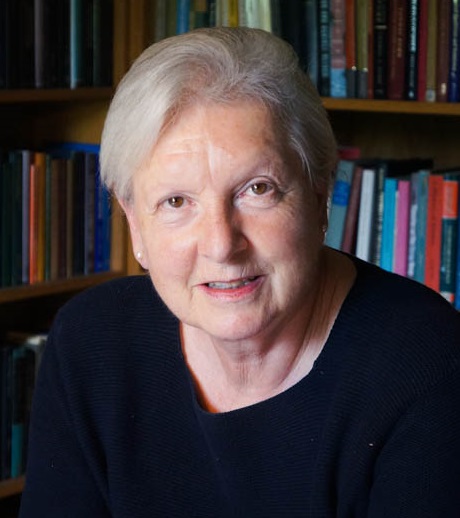 Professor Ruth Towse (Centre for Intellectual Property Policy & Management, Bournemouth University, and CREATe Fellow in Cultural Economics) has just published a new paper in the Review of Economic Research on Copyright Issues. [read on SSRN]
Professor Ruth Towse (Centre for Intellectual Property Policy & Management, Bournemouth University, and CREATe Fellow in Cultural Economics) has just published a new paper in the Review of Economic Research on Copyright Issues. [read on SSRN]
Ruth writes:
As part of the CREATe sister project ‘Economic Survival in a Long Established Creative Industry: Strategies, Business Models and Copyright in Music Publishing’ financed by AHRC (AH/L004666/1) at Bournemouth University, I researched a curious source of information on the music publishing industry in the UK, namely the copyright auctions that were held between 1864 and 1906 by Puttick and Simpson, an auction house specialising in musical items. These items included the engraved plates of popular songs (the so-called ‘royalty ballads) that were auctioned publicly and were traded between music publishers.
The term royalty ballad does not mean that royalties were being paid to composers, however! Instead the royalty in question was the payment made the singers (‘pluggers’) who performed the ballad in music halls and public concerts. Songwriters routinely sold the copyright to the music publisher, who then had the plates engraved, printed and published and advertised by the pluggers. The result was that when a publisher bought the plates at a sale, he also bought the rights to reproduce and distribute the work (and songs were the mainstay of music publishing in the 19th century). Sometimes a whole catalogue came up for sale, enabling the buyer to set up in business. Many of the songs that were sent to auction failed to fetch a sale and the copper plates were sold for scrap.
The research utilised a book by James Coover who worked on the sale reports and selected items from them for publication. I selected all the titles in his book that looked like songs (there were also operas, choral works and pieces for piano with suggestive titles) and checked that they were indeed songs with pianoforte accompaniment. The outcome was around 100 works, many by a small group of composers who came and went in popularity, for which Coover reported the sale prices. These prices had to be converted from old money (pounds, shillings and pence) and I then used the Bank of England Inflation calculator to report the 2015 value of the sale price, a very laborious but inherently intriguing process. So, to give an example: Virginia Gabriel (1825-77), a singer as well as a prolific composer, wrote the music for ‘Cleansing Fires’ (to words by Adelaide Proctor and described ‘hymnlike’, a popular Victorian taste), which sold in 1889 for £300 or £34,773 in 2015 value.
The article goes into detail on the research methods and reports the data in summary form. The list of song titles, the composers’ name and the original price paid was not published (due to limitations of journal space) and is available from me in Excel format, information that would be useful for later research. The main argument made in the article is that these sale prices represent the value of the copyright to the publisher who bought the engraved plates of the song at auction. The sales took place between music publishers, who both knew the market and their business, which remained highly profitable throughout the 19th century despite widespread piracy.
Coover, J. (1983) Music at Auction: Puttick and Simpson (of London) 1794-1971, Detroit: Harmonie.
Towse, R. (2016) “Copyright Auctions and The Asset Value of a Copyright Work”, Review of Economic Research on Copyright Issues 13(2), pp. 83-99
